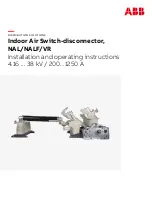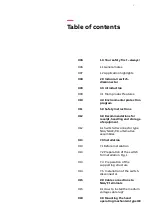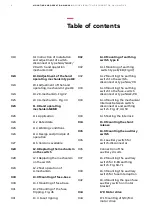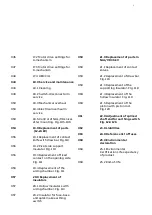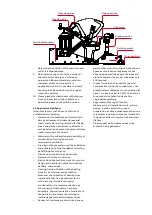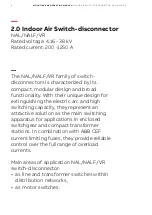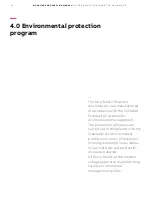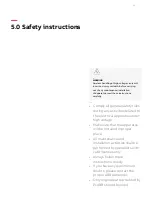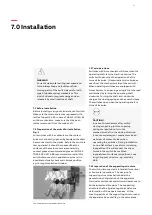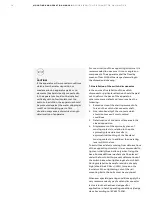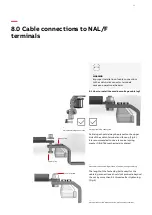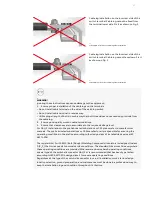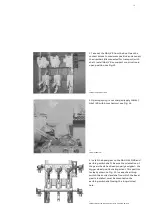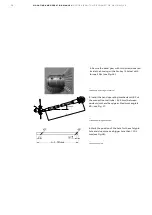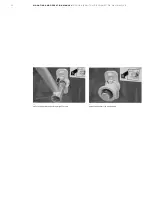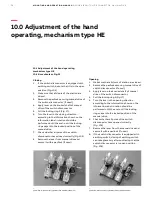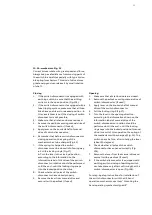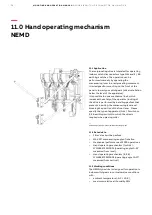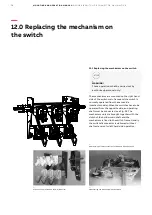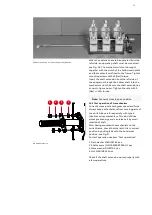
14
MOU NTI NG A N D OPE R ATI ON M A N UA L
I N D O O R A I R S W I TC H - D I S CO N N EC TO R , N A L /N A L F/ V R
For construction of the supporting structure it is
recommended to use some U-iron or angle iron
components. The apparatus shall be fixed by
means of four M12 bolts arranged according to
the dimensional drawing.
7.5 Installation of the switch-disconnector
In the course of installation of the switch-
disconnector particular attention should be paid
not to deform the base of the apparatus,
otherwise some defects will occur such as the
following:
1. Excessive rise of the starting moment of a
force on the switch-disconnector shaft,
2. Non-simultaneity of the contacts which
should not exceed 3 mm in normal
conditions,
3. Deterioration of contact surface area in the
closed opposition,
4. Displacement of the symmetry plane of
moving contacts in relation to the pole
symmetry plane which results in
asymmetrical touching of the fixed and
moving contacts. In addition, the operating
lever will hit the lock.
To avoid these defects coming from deformations
of the supporting structure it is recommended to
tighten initially three bolts only when fixing the
base. Some additional washers shall be placed
under the fourth bolt to prevent deformations of
the switch base when tightening the fourth bolt.
During installation be careful and do not apply
high (should be 40 Nm +/-10%), torque on the
insulators. When tightening nuts of the rail
mounting bolts, the bolts must be countered.
Whenever special operating conditions apply the
only recommended type of switch-disconnector
is H version that has been designed for
application in harsh operating conditions (design
class 2 according to IEC 62271-304).
_
CAUTION!
If the apparatus will work under conditions
which allow the water deposition or
condensation on apparatus parts or on
elements (busbars) directly connected to
it, the apparatus should not be installed
vertically with hollow insulators at the
bottom. In addition, the apparatus should
be protected against the water dripping or
runoff on its insulating parts. This
situation may cause a dielectric strength
deterioration of apparatus.

